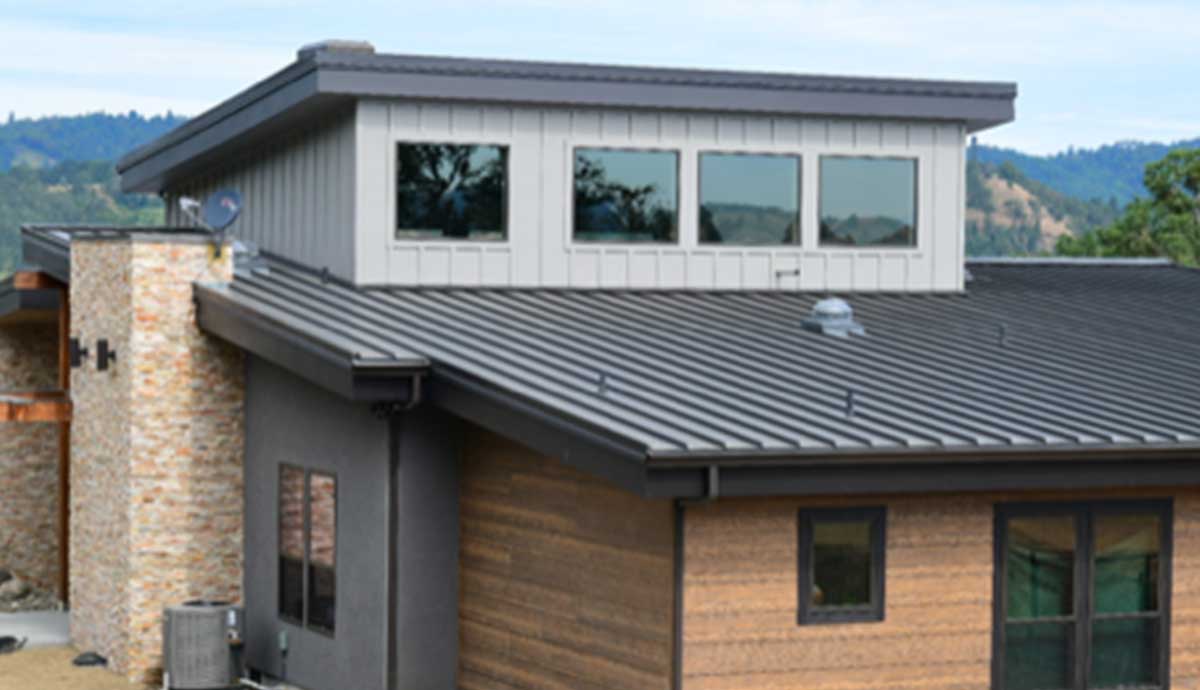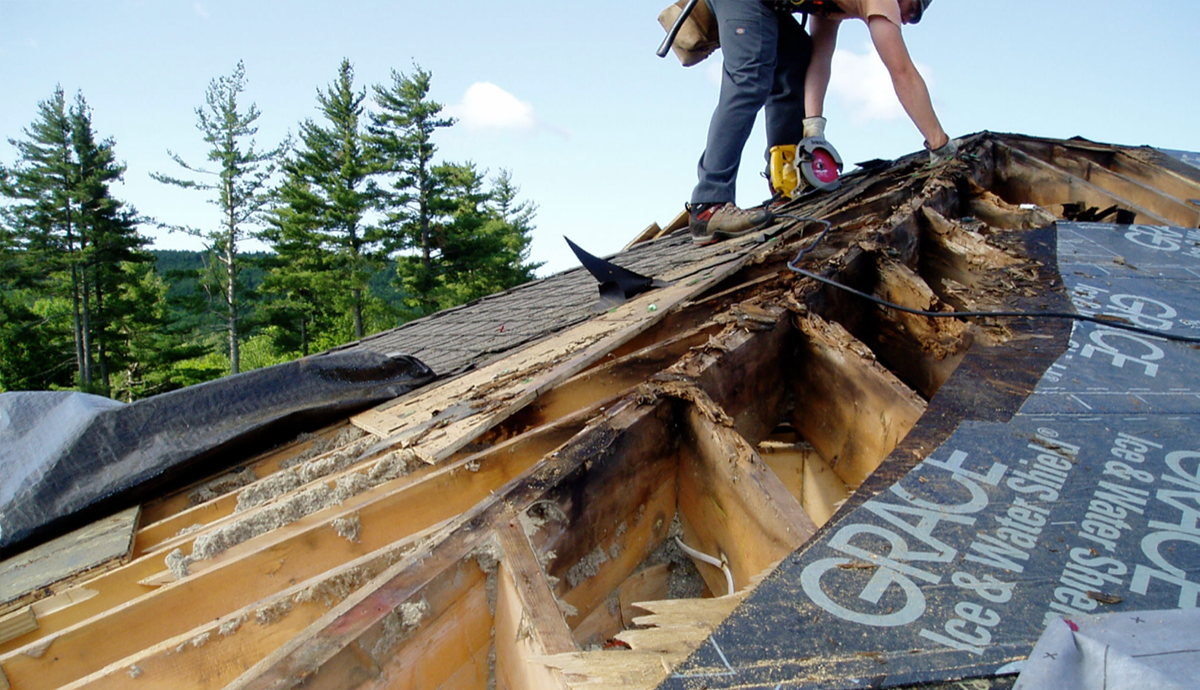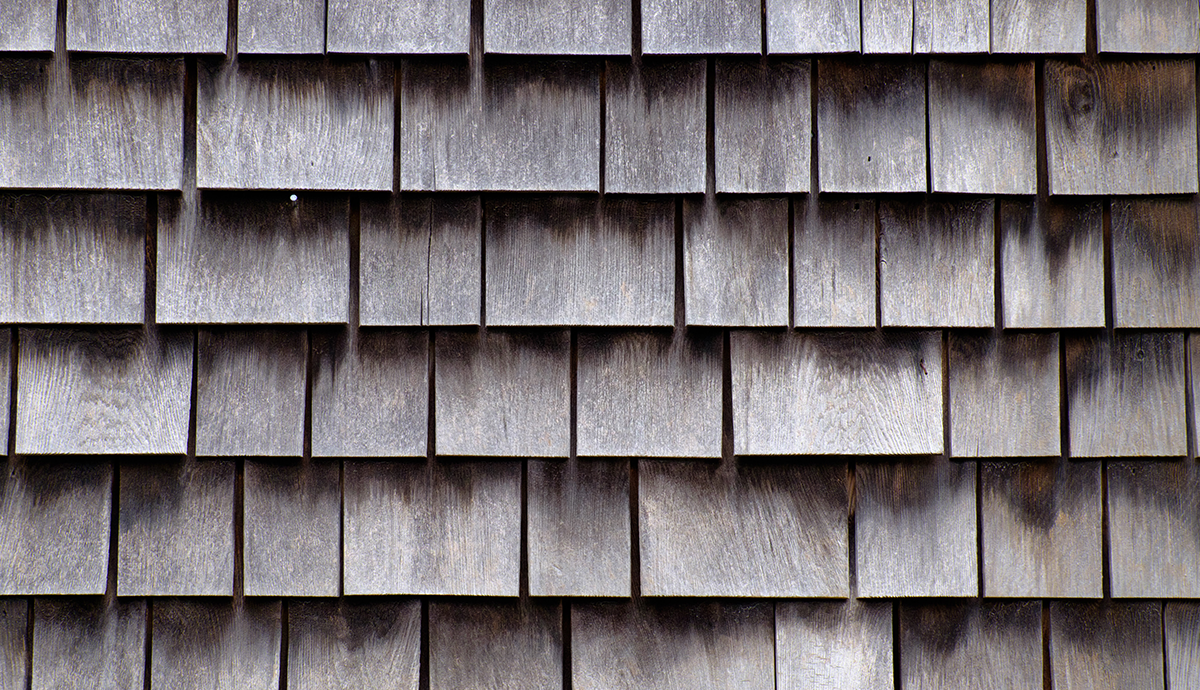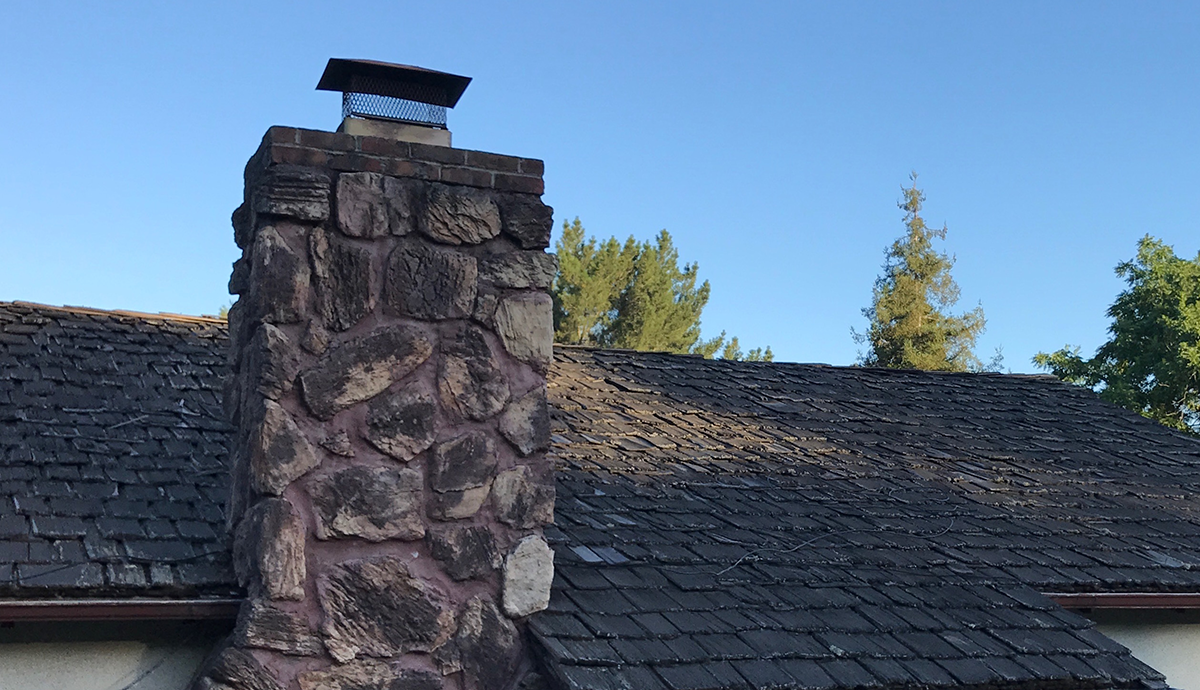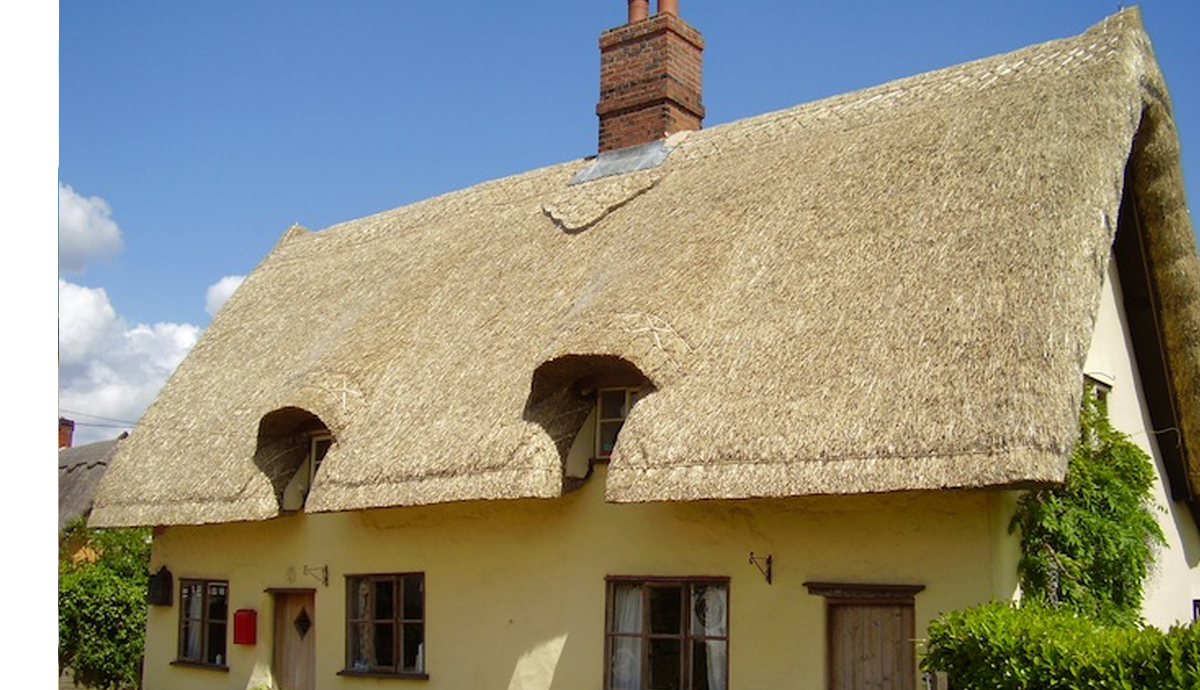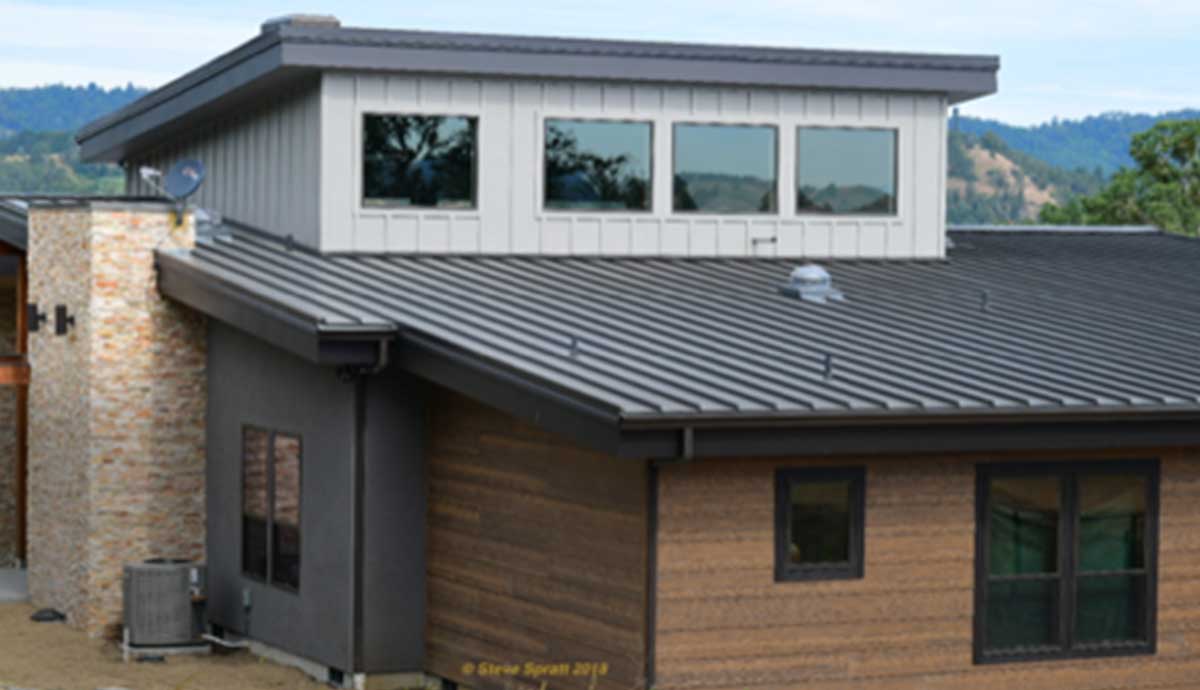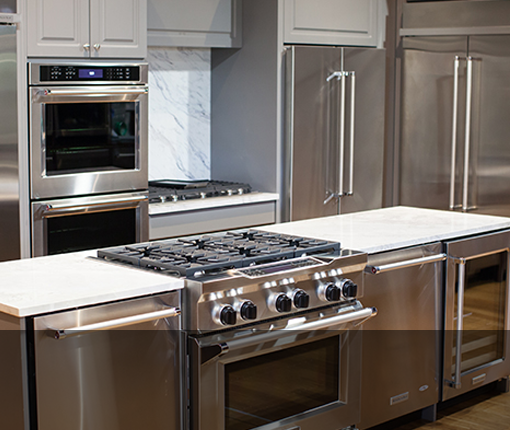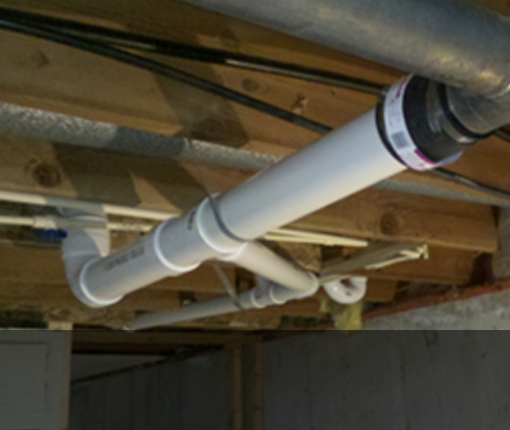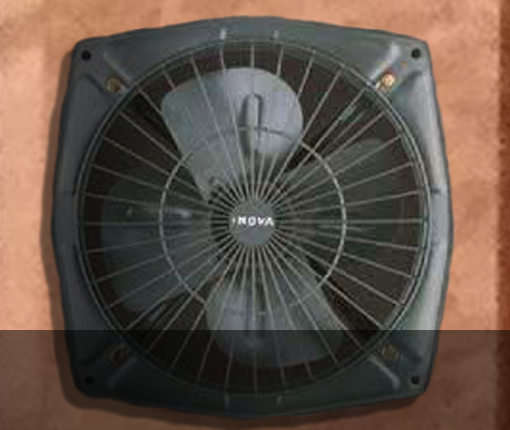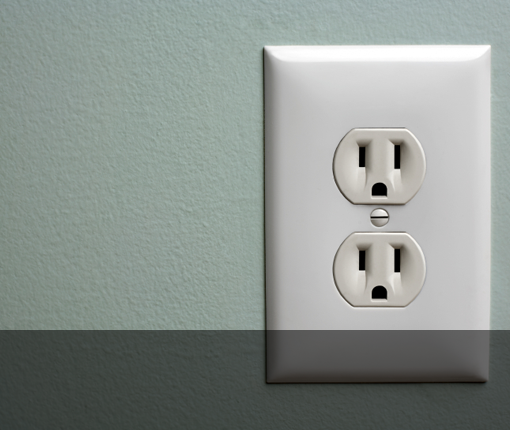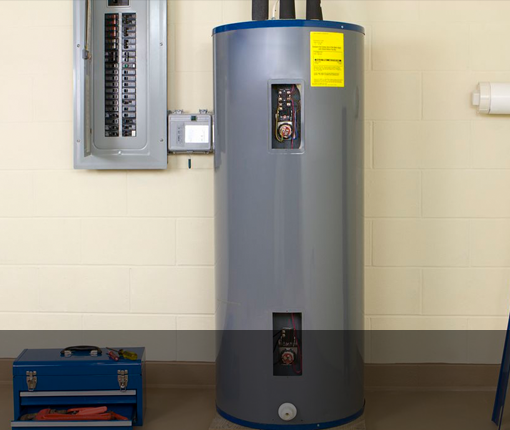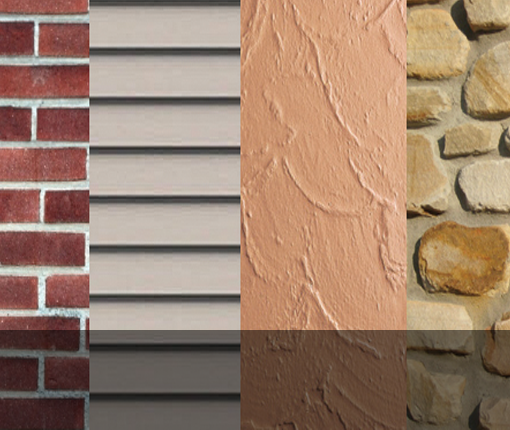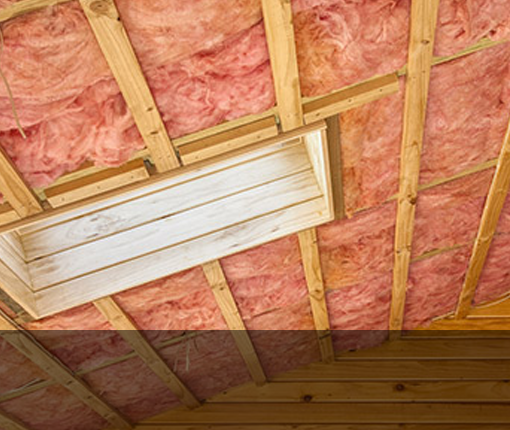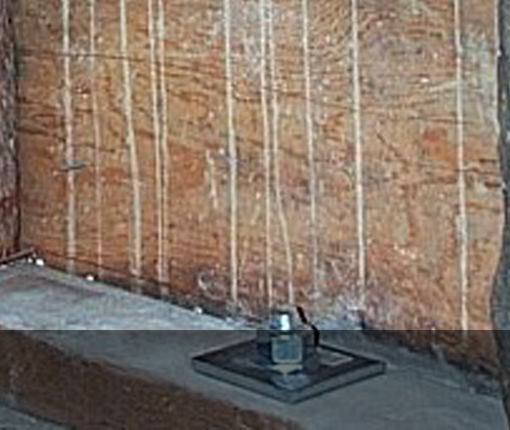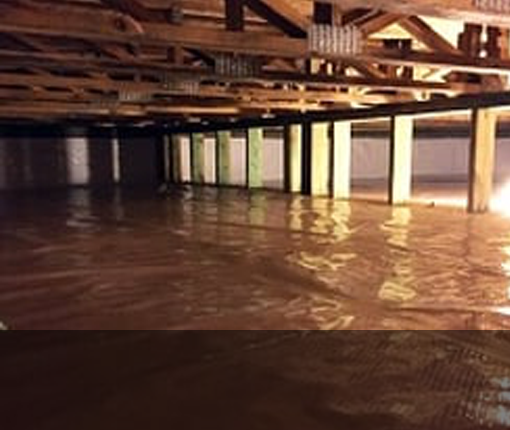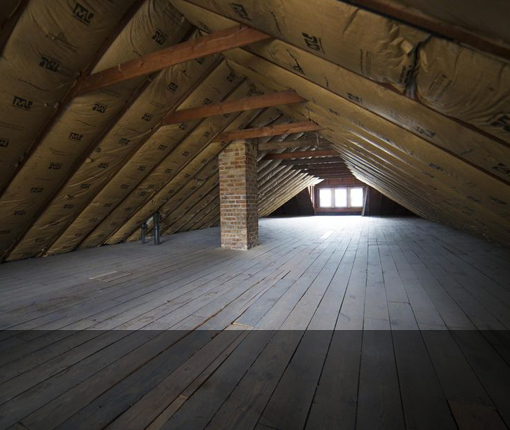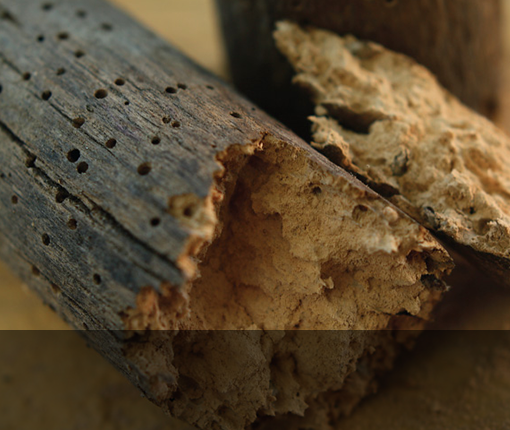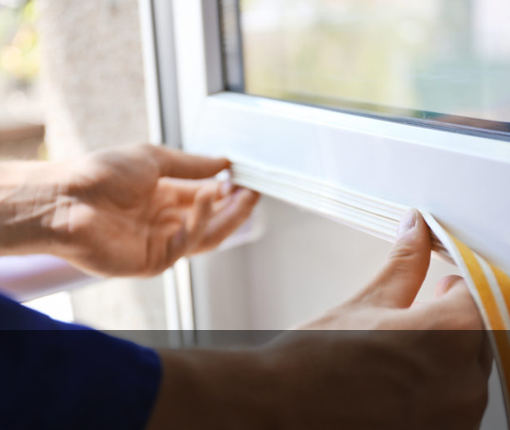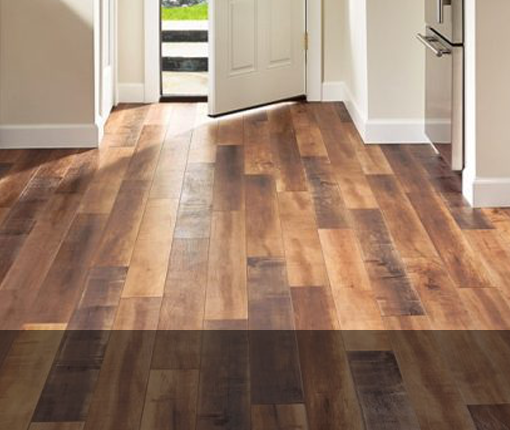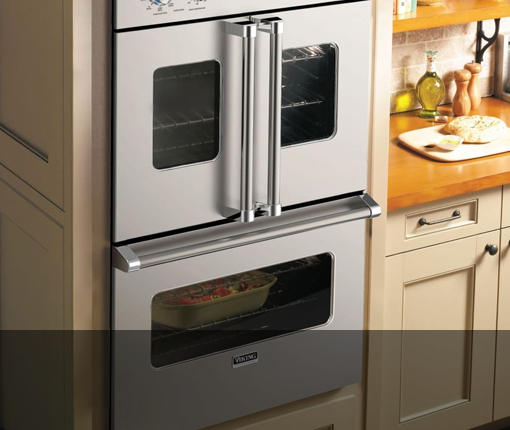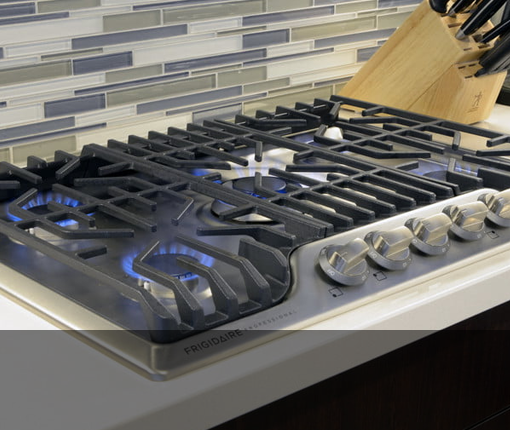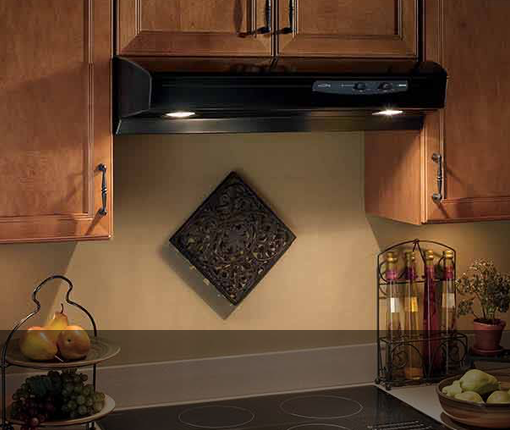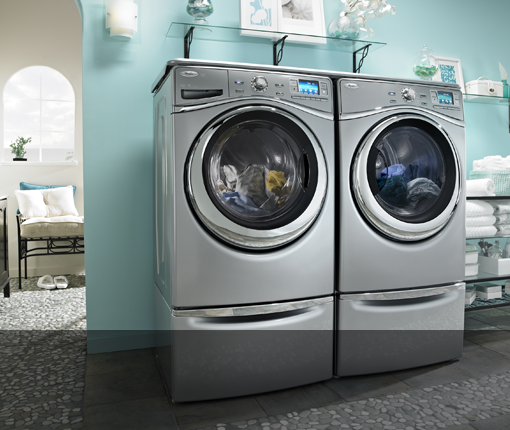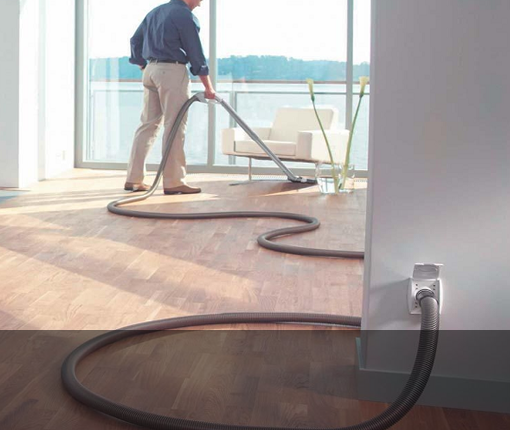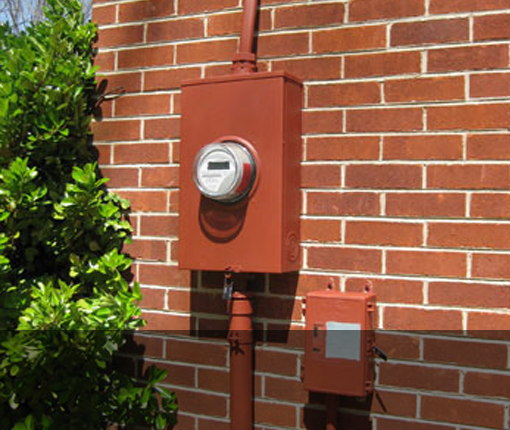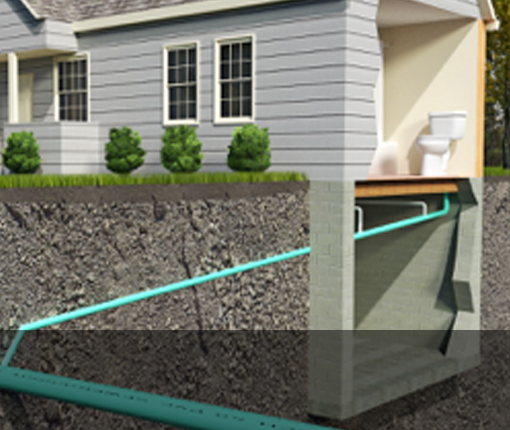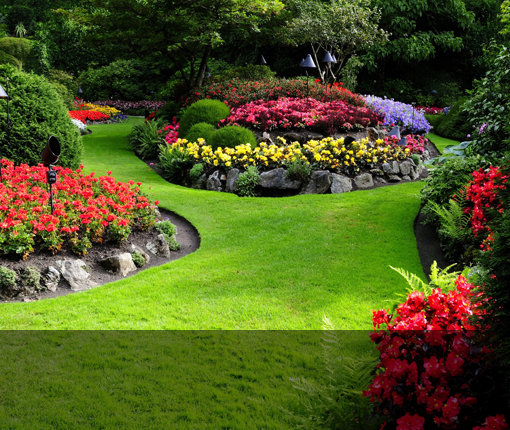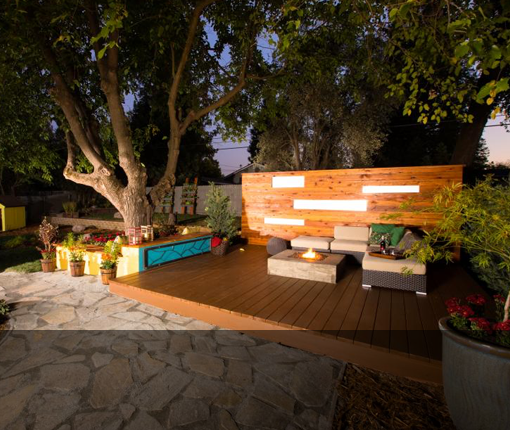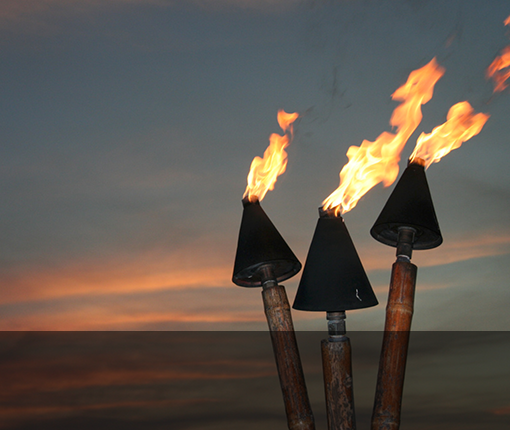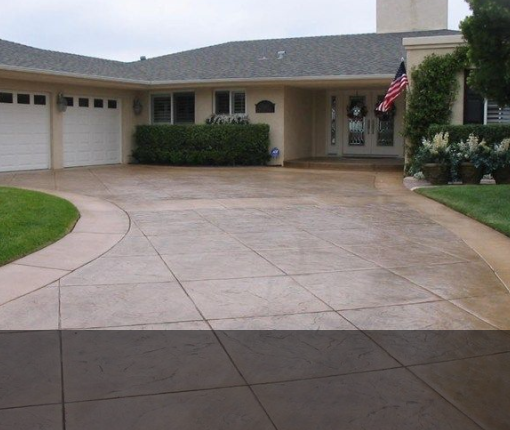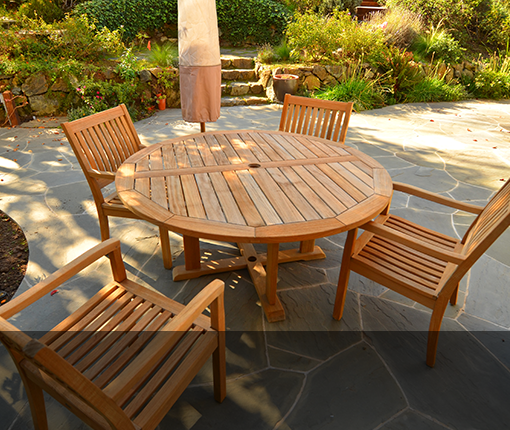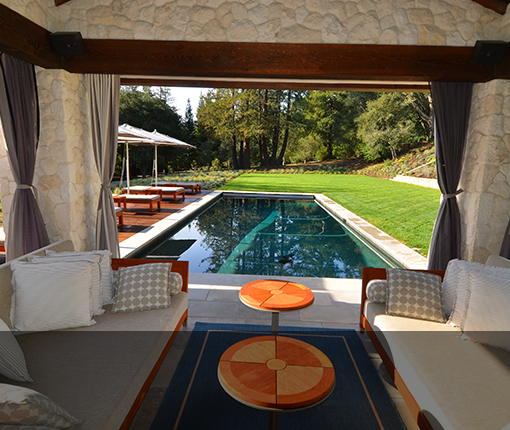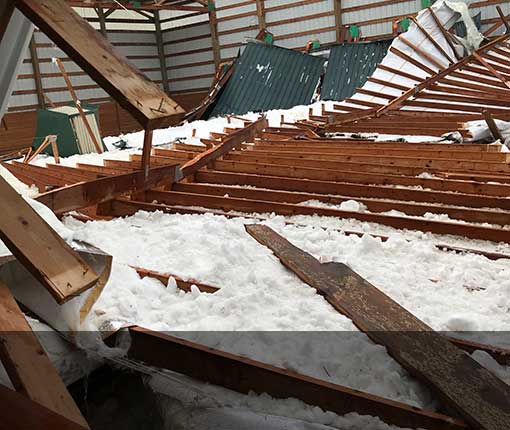Roof Types And Materials
In our quest for shelter, learning to build a protective roof overhead was a great intellectual leap. It was more difficult than you might imagine. Building walls was a fairly easy idea to grasp. In fact, some cultures became so skilled at building walls that (for fun) they would experiment with ways to make them as difficult as possible. See the stone walls of Peru.
But learning to construct a safe, durable and waterproof roof over an open space. That took some innovation.
The first roofs were a simple layering of leaves. Then came combinations of leaves and sticks. Eventually we learned to apply materials like clay or dried mud to sloped timbers in order to shed water away. Heavier and more durable roofing materials like slate and tile required engineered trusses. The evolution continues today with the use of steel and high tech waterproof membranes. Each new innovation allows for more and more architectural possibilities.
Slope and overlap
The trick to successful roof construction is slope and overlap. Slope is important because contrary to common sense most roofs are not at all water proof. They shed water well. But they are not waterproof. Only flat roofs must be totally waterproof to work. Which is why most of them have leak problems. Conventional roofing materials rely on quickly diverting any water off the structure. Like an umbrella. Small flat shingles act like small umbrellas. Arranging shingles with cleverly overlapped joints will effectively shed water away even though there are many gaps. Look up at the underside of the roof from the attic of just about any old building and you will see these gaps as daylight shining through. And yet, the roof will not leak.
Shapes

There are many roof styles around today. Each type was initially developed to serve some practical and specialized purpose. The adage “form follows function” is very obviously at play in early roof construction. Eventually these shapes were adopted by homebuilders more to achieve some desirable (and marketable) visual effect. Some common roof shapes are the Gable, the Hip, Half Hip, Gambrel, Flat, Shed, Mansard, Dome, Pagoda, Butterfly, Dutch Gable, Witch Hat, Cat Slide and more.
Roofs are identified by describing their pitch, shape and material. For instance a “shallow composition pagoda” would fairly accurately describe the roof to the right.
[roksprocket id=”1″]
The most frequently used roofing materials in the US (ranked in order of durability) are Slate, Tile, Metal, Wood, Composition, Asphalt, Tar/Gravel. Flat roofs do not shed water as quickly as a pitched roofs so they require a waterproof membrane as a roofing material.
Slate

Roofs with slate shingles have been around for thousands of years. Old slate is valuable and often salvaged and recycled onto new structures. As a result, some of the first slate roofs may still be around. Pieces of slate stone for roofing are shaped out of thinly layered rock.
Slate is a beautiful material that occurs naturally in an array of colors. colors are often mixed to create a unique palate. Slate is a hard stone material but shingles made from it are thin and flat so it tends to be delicate. It can break if walked upon improperly. Because of that, it is not recommended where frequent leaf removal or other maintenance is required. It is good idea to keep a supply of matching slates available for replacements when needed.
Tile
Clay tiles have been used for roofing around the world for millennia. Almost as long as slate. Tile is a hard, water and sun resistant product made from either clay or fired ceramic. Spanish tile is uniquely curved and it sheds water extremely well. The story goes that the distinctive shape of Spanish tiles comes from the curve and taper of the thighs of the women who first made them. I cannot confirm that is true, but it is a good story.
Roof tiles are available in flat profiles and many colors. Clay and ceramic tiles are heavy so the roof structure must be strongly built to support it. This material is delicate and breaks easily if walked on. I don’t recommend slate if the roof is subject to heavy leaf fall or will need frequent maintenance. If not walked upon, it is durable and quite fire resistant. It is good to keep a supply of matching tiles available for replacing broken pieces.
Metal
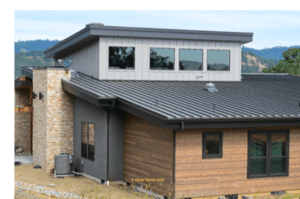
Metal roofing is available in materials such as zinc, copper, steel and aluminum. Most metal roofing today is flat, pre-painted, galvanized steel material installed in a standing seam configuration. It is a light, durable and easily maintained material that has a long life. Steel is fire resistant and a very good choice for cold snowy climates. It is important to use equally durable substrate, flashings, attachments and penetrations with metal roofs. Read more about metal roofing here.
Composition Shingles
Composition shingles can help the environment because recycled materials go into their manufacture. The use of post-industrial plastics, hemp fibers and used roofing materials help somewhat to reduce waste. Composite shingles are available in thick profiles. These can offer a more architecturally appealing profile. The material is dense, of average weight, fire resistant and resists damage from maintenance and traffic. The expected life of composition shingles is up to 50 years.
Wood Shingle and Shake
The material for wood roofing comes almost exclusively from cedar logs. The logs are cut into short sections called rounds. Shingles are sawn from the rounds giving them a smooth appearance. Whereas shakes are split from the rounds making the surface appear rough and uneven. Both shingles and shakes can made in various thicknesses to satisfy the aesthetic you are trying to achieve.
Sun, wind and rain slowly erode away the surface of wood roofs with every passing year. Because of this, the thicker wood roof products tend to last longer. Even so, an average shingle/shake roof will last 25-40 years. It can last longer if maintained properly by frequently removal of leaves and debris. Cedar shakes are organic, renewable, recyclable and biodegradable. That is good news! The bad news is these roofs are highly susceptible to fire.
Asphalt
Asphalt shingles are an economical option for covering your roof. They are made by sandwiching layers of fiberglass and asphalt then topping it with a layer of gravel. The gravel provides color and protects the asphalt from walking wear and UV damage. The lowest cost of any roofing material, asphalt shingles unfortunately also have short expected lives of from 5-10 years. Beware! Asphalt shingles are often confused with composite shingles. The two products are similar in shape and general appearance but comparisons end there. Composites are of much higher manufacturing quality and have vastly longer expected lives.
Flat or Low-slope
For flat roof applications, there are now high-tech, single-layer membrane materials as well as the original built up hot tar and gravel solutions. Commercial applications frequently require flat roof solutions so there are plenty of qualified installers available.
Thatch
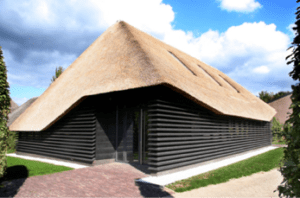
Roofing with reeds (or thatch) is one of the older building crafts still practiced today. British archeologists have found evidence of buildings with straw roofing dating back as far as 500 BC. Thatch reeds are abundantly available in the Highlands of Scotland, and was for centuries the traditional roof covering for crofts and farmhouses.
Thatch vulnerabilities to fire inspired the first building code. The Ordinance of 1212 prohibited the use of thatch of any kind for the covering of roofs. This was an effort to prevent the frequent and disastrous fires that swept through narrow medieval streets. Thatch is aesthetically unique but is impractical for todays requirements. Read more about thatch roofing here.




